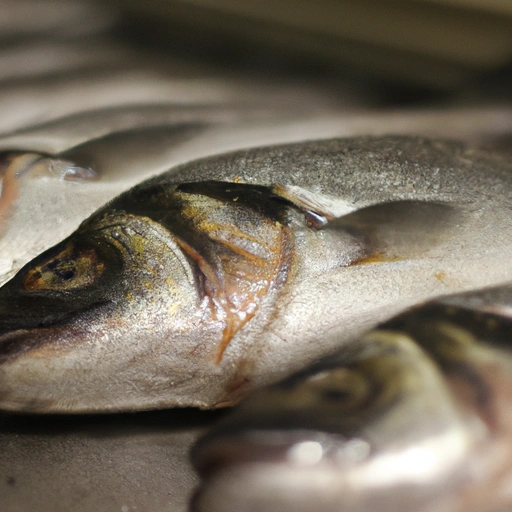Seabass
Description

Seabass is a common name that refers to a variety of white-fleshed marine fish that are prized for their delicate flavor and flaky texture. Seabass is a popular choice in many cuisines for its versatility and is used in a range of dishes from simple grills to gourmet creations. When purchasing seabass, it's important to consider factors such as sustainability and origin.
Common uses
Seabass is often enjoyed grilled, baked, broiled, or pan-seared. It is also commonly used in stews, soups, and ceviches. Its mild, buttery flavor makes it a favorite for marinating in various herbs and spices.
Nutritional value
Calories
Seabass is relatively low in calories, providing about 97 kcal per 100 grams (3.5 oz).
Protein
It is a good source of high-quality protein, offering about 18 grams (approx. 0.63 oz) per 100 grams (3.5 oz).
Fat
The fish contains healthy fats, with approximately 2 grams (about 0.07 oz) per 100 grams (3.5 oz), including beneficial omega-3 fatty acids.
Carbohydrates
Seabass is virtually carb-free, making it suitable for low-carbohydrate diets.
Vitamins
It offers a variety of vitamins, particularly B-complex vitamins like B6 and B12.
Minerals
Seabass is also rich in minerals such as selenium, phosphorus, and magnesium.
Health benefits
Regular consumption of seabass can support heart health, aid in weight management, and contribute to overall well-being due to its high protein, omega-3 fatty acids, and mineral content.
Potential risks
Some seabass may contain contaminants like mercury or PCBs. It's crucial to choose sources that are certified for sustainability and low contamination levels.
Common recipes
Seabass is featured in recipes such as seabass ceviche, miso-glazed seabass, and Mediterranean seabass with olives and capers.
Cooking methods
Popular cooking methods include roasting, steaming, grilling, and en papillote (wrapped in parchment paper for baking).
Pairing with other ingredients
Seabass pairs well with a variety of flavors, including citrus, garlic, fresh herbs, and robust sauces. It also complements sides like roasted vegetables, rice, and potatoes.
Summary
Seabass is a globally beloved ingredient for its delicate taste, healthy profile, and adaptability in recipes. Its historical significance and nutritional benefits make it an enduring favorite in culinary traditions. However, sourcing sustainably and being aware of potential risks is essential for enjoying seabass to its fullest.